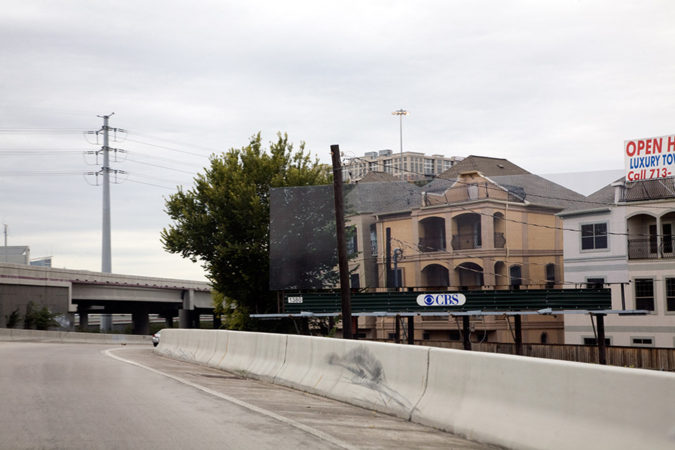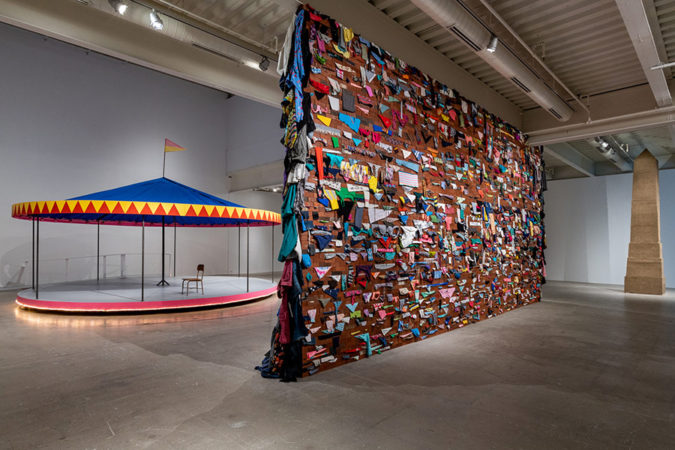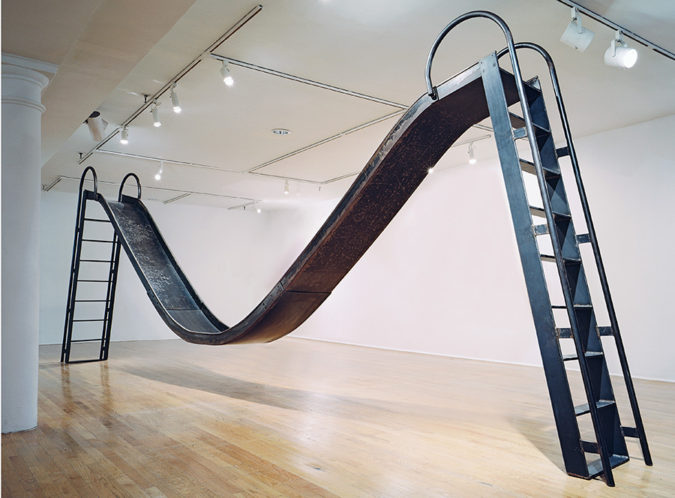KARYN OLIVIER
KARYN OLIVIER:
Karyn Olivier is a Philadelphia based artist who works across a range of media including public art, sculpture, photography and installations. She has exhibited at the Gwangju and Busan Biennials, World Festival of Black Arts and Culture (Dakar, Senegal), The Studio Museum in Harlem, The Whitney Museum of Art, MoMA P.S.1, The Museum of Fine Arts Houston, Contemporary Art Museum Houston, The Mattress Factory (Pittsburgh), Sculpture Center (NY), Drexel University, the University of the Arts, Ulrich Museum of Art, University of Delaware Museum, among others. In 2017 Olivier installed a large-scale commissioned work for Philadelphia’s Mural Arts program in historic Vernon Park. In 2015 Olivier created public works for Creative Time in Central Park and NYC’s Percent for Art program. She received the 2018-19 Rome Prize and has been the recipient of the John Simon Guggenheim Memorial Foundation Fellowship, the Joan Mitchell Foundation Award, the New York Foundation for the Arts Award, a Pollock-Krasner Foundation grant, the William H. Johnson Prize, the Louis Comfort Tiffany Foundation Biennial Award, a Creative Capital Foundation grant and a Harpo Foundation grant. Olivier is currently an associate professor of sculpture at Tyler School of Art and Architecture.
QUESTION:
You have been identified many times as an artist who interrogates how monuments function. One strain of political discourse would have it that monuments are expressions—usually physically enduring, often intended as permanent—of shared values, and hence they promote identifications and identities. Your sculptural work tends instead to skew that tradition. It is as if you were offering monuments as stumbling blocks to meaning-making or identity-conferring. In this respect you often build sculptures that don’t function correctly or perhaps function as a pastiche of their original; there is a carousel that circles slowly and has only one seat, a playground slide that operates from two ends so that the sliders would collide in the middle. Your recent installation at the Institute of Contemporary Art in Philadelphia included a very large brick wall that straddles a space between Trump’s fantasy wall of exclusion and the tunnels Wile E. Coyote painted on solid walls for the roadrunner to skedaddle through. Having sketched out such a context. may we turn a question of yours back toward you, for your consideration, and give you a chance to answer it in words rather than objects, “How do you get away from monuments which treat history like a period at the end of a sentence?”
ANSWER:
I have been thinking about monuments a lot for the past twelve years. About how they are “statements of power and presence in public” (Paul Farber); often defined as expressions of “shared values” through the spectacle of material weight, their declaration of permanence and authority, and their tendency to present a simplistic and limited supporting narrative. I’ve questioned this narrow imagining of monuments. I think of my 2009 project Inbound Houston where I replaced billboard ads with photographs of the landscape directly behind it. What would it mean to recognize these “ads” as temporary monuments? Or better yet, to pay attention to the time we “share” collectively on the freeway—can we decide to honor these moments?
You ask, “How do you get away from monuments which treat history like a period at the end of a sentence?” I could look back and take my lead from one example from the 16th century—The Talking Statues of Rome. Anonymous messages were attached to these public statues, reinventing them as sites for protest, political dissent, critique and commentary on the religious and political authorities of the time. The effigies became the spokespeople of Rome. At times, responses were posted between two statues, creating an on-going dialogue between multiple histories and shifting authors. This statuary became active, mutable, and contemporary. My work often seeks to engage with multiple histories to reveal the fragmentary nature in which we learn about the past, and the impossibility of a universal or “objective” history. In one public intervention, The Battle is Joined, I layered historical narratives of the Revolutionary War and World Wars I and II. I hoped to point to the fact that historical narratives can be conflicting, and our present is grounded in these innumerable histories (and continues to shift over time, as new knowledge is unearthed).
I’ve become increasingly interested in reconsidering monuments’ and memorials’ conventional exteriority, choosing to reimagine them inside museums and art spaces. I took up this challenge most recently at my exhibition Everything That’s Alive Moves this past winter at the ICA in Philadelphia. Through a few objects, installations and interventions, I created monuments and memorials to movement, transport, labor, containment, devalue, loss and absence. I believe monuments are, by their nature, imbued with presentness, absence, memory, temporality, mortality, and notions of displacement; though perhaps more traditional monuments focus our attention to their claim of “authority.” I choose to focus instead on our humanity; monuments should be spaces of gathering, where we, imbue them with power.
I like to upend other monument conventions like scale, longevity and site dependence. I am interested in the potential power of the minute (as opposed to larger than life statuary)—a small gesture’s ability to hold a density of meaning. A simple pin-on carnation was offered to visitors at the ICA, serving several functions. It was an homage to the founding of Mother’s Day in Philadelphia in 1907; a recognition of Mother’s Day in 1985 when eviction notices and arrest warrants were issued to MOVE members; and most importantly it served as a memorial to those 11 MOVE members killed in the horrific bombing by the police the following day. While in the gallery space, visitors formed (unknowingly) a temporary physical community, which inevitably dispersed across the city and beyond. I think of this piece, in relationship to the Stolpersteine memorial—the brass plaques embedded in cobblestones (stolpersteine literally means stumbling blocks)—memorializing victims of the Nazis, and known as the most decentralized memorial in the world. I wanted to acknowledge the ephemerality of the flower and its symbolic power. I also inserted the idea of ephemerality and fragility into my fabricated cardboard and dirt obelisk—subverting that ancient monument’s solidity.
I love your reference to Wile E. Coyote’s painted illusions that Roadrunner “skedaddles through.” My wall sculpture Fortified looms massive, impenetrable; but upon closer observation it reveals itself to be quite porous. Cracks are exposed between the brick of what was assumed to be a solid impasse. This wall—a monument, really, to human costs—speaks to the force, might and will to construct it. But like most empires and oppressive systems, it can be dismantled, too—brick by brick.
I think too of what a monument can do—be a witness and bear witness to our complicated and conflicting past; offer a space to gather and feel in the present moment. The carousel, to my surprise, took up that charge due to its physical proximity in the gallery to Fortified. One sat on the lone chair, on the excruciatingly slow-moving platform, watching what felt like a tidal wave of discarded clothing, of shaken off histories, full of present absences.








